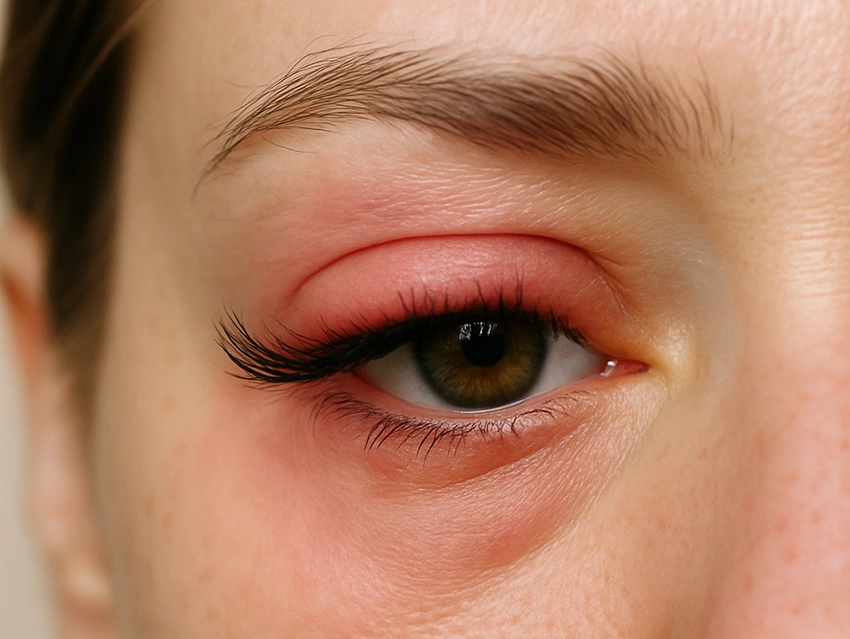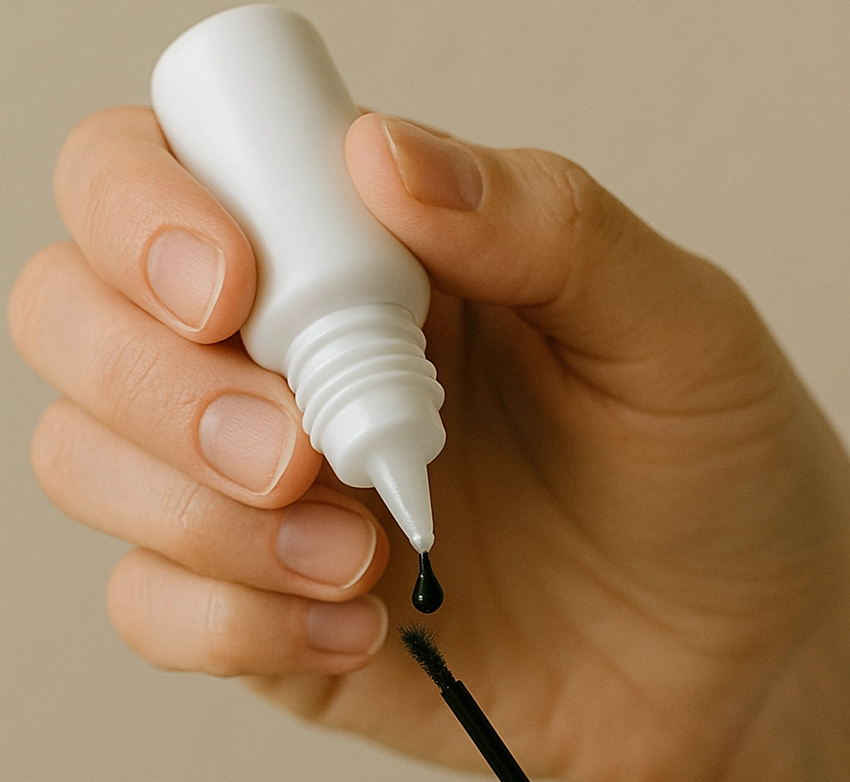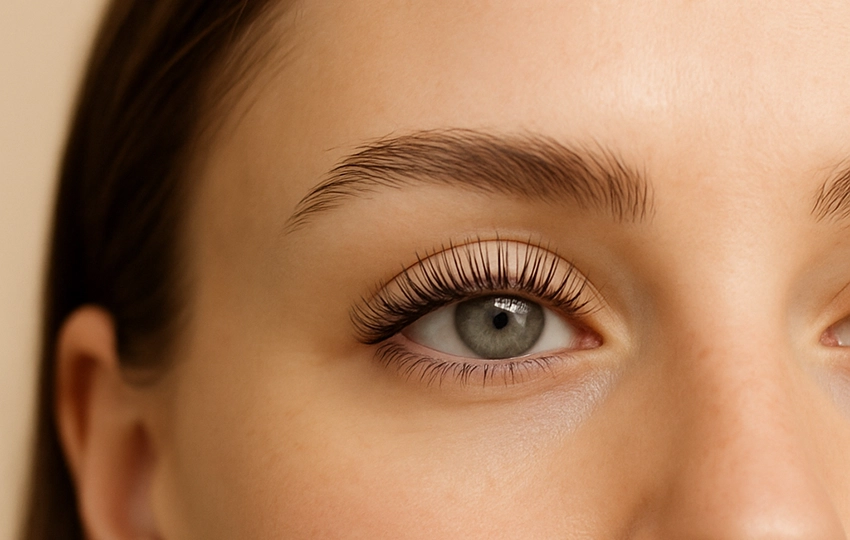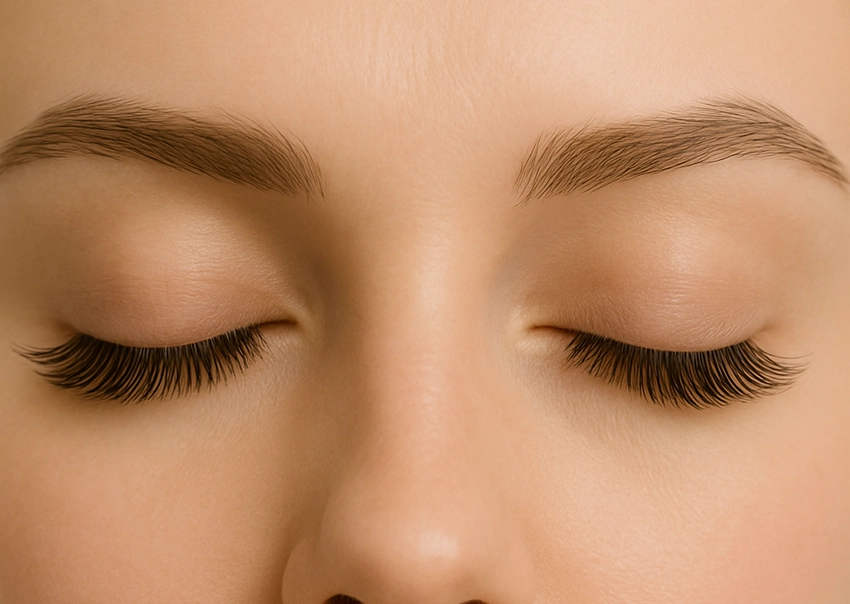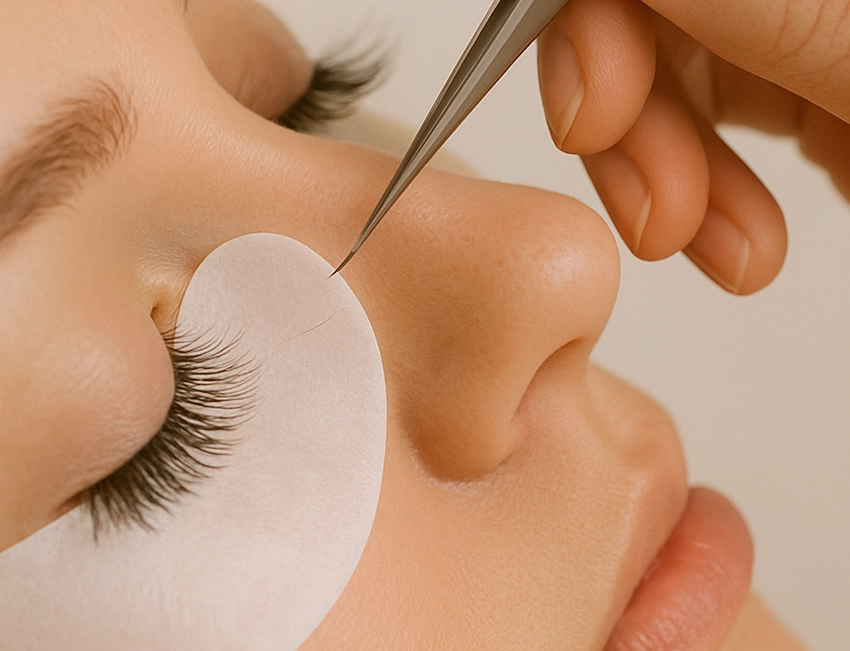Eyelashes are among the most delicate and sensitive parts of the face, yet they’re often overlooked in daily care routines. If you’ve ever asked yourself why your eyelashes fall out, you’re not alone. In this article, we explore the most common causes and offer practical tips to protect and maintain healthy, beautiful lashes.
Natural Growth Cycle – When Is Shedding Normal?
Eyelashes follow a natural growth cycle of about 6–10 weeks. Losing 1 to 5 lashes per day is completely normal and part of the renewal process. As we age, this cycle may slow down, and lashes may appear thinner or fall out more frequently.
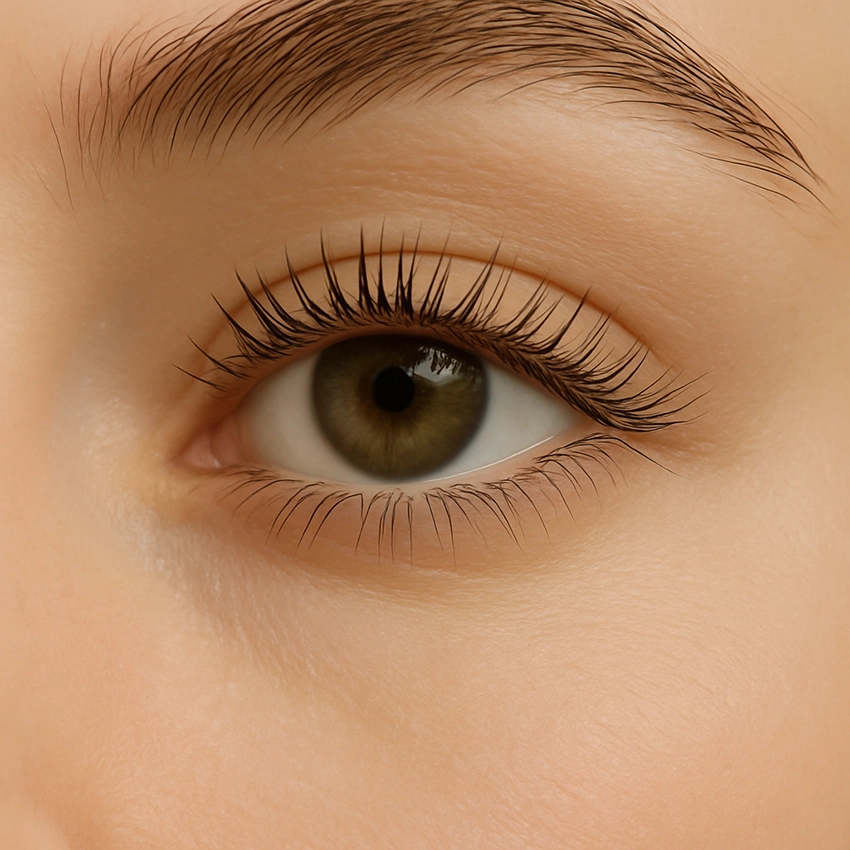
Makeup and Removal Habits
Waterproof mascara, expired or low-quality products, and aggressive rubbing during makeup removal can weaken lash follicles. Use gentle, oil-based removers and avoid harsh motions around the eyes.
Eyelash Extensions and Adhesives
Improper application or excessive use of extensions can lead to lash damage or loss. Lash glue may also cause irritation or allergic reactions, especially if used frequently or incorrectly.
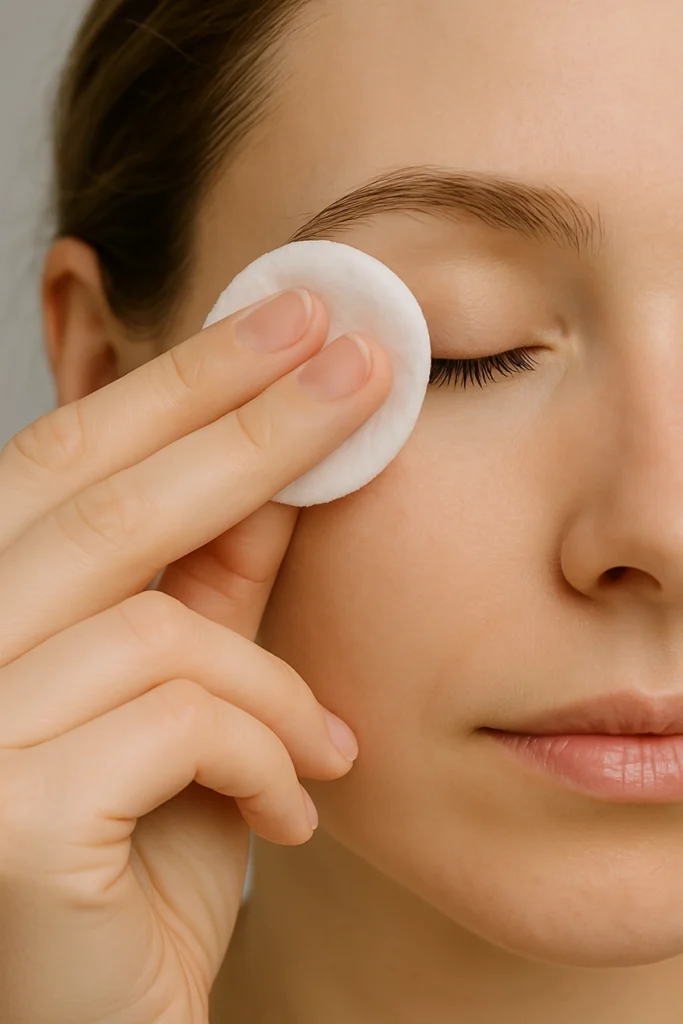
Inflammation and Eye Infections
Blepharitis (eyelid inflammation) is a common cause of eyelash loss. Symptoms include redness, itching, flaking, and discomfort. If caused by infection, lashes may shed more rapidly. Consult an eye specialist for proper diagnosis and treatment.
Lifestyle Factors: Stress, Sleep, and Nutrition
Chronic stress, lack of sleep, and deficiencies in iron, biotin, or vitamin D can all negatively impact lash health. Hormonal imbalances such as hypothyroidism may also lead to noticeable eyelash thinning.
Seasonal Shedding
Just like hair, lashes can shed more during seasonal changes—especially in spring and autumn. This is usually temporary and not a cause for concern.
Medications and Illness
Certain medications like chemotherapy or hormonal treatments can cause lashes to fall out. Autoimmune diseases such as alopecia areata may also trigger lash loss. In such cases, medical consultation is necessary.
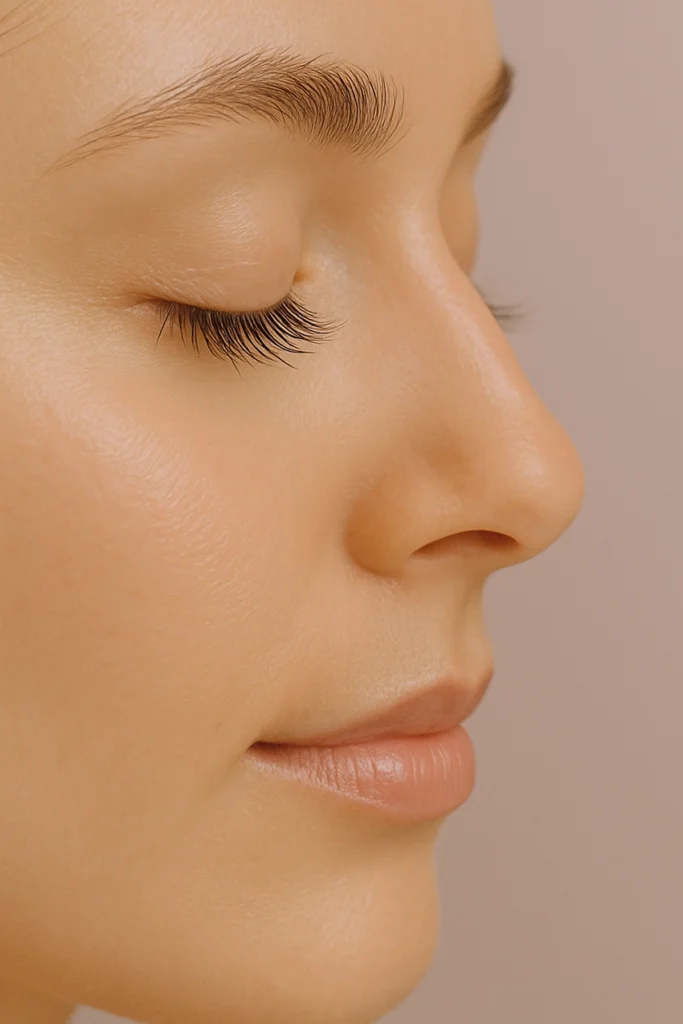
How to Prevent Excessive Lash Loss
- Be gentle during makeup removal
- Use high-quality, non-irritating products
- Limit the use of false lashes and adhesives
- Switch to silk pillowcases
- Maintain a balanced diet rich in vitamins and minerals
- Apply lash serums regularly
When to See a Specialist?
If you notice sudden, patchy, or severe lash loss—especially with redness, pain, or vision problems—consult an ophthalmologist or dermatologist promptly.
Eyelash loss is often natural, but in some cases it can be a sign of underlying issues. Proper care, conscious cosmetic choices, and a healthy lifestyle can help maintain the thickness and beauty of your lashes for the long term.
